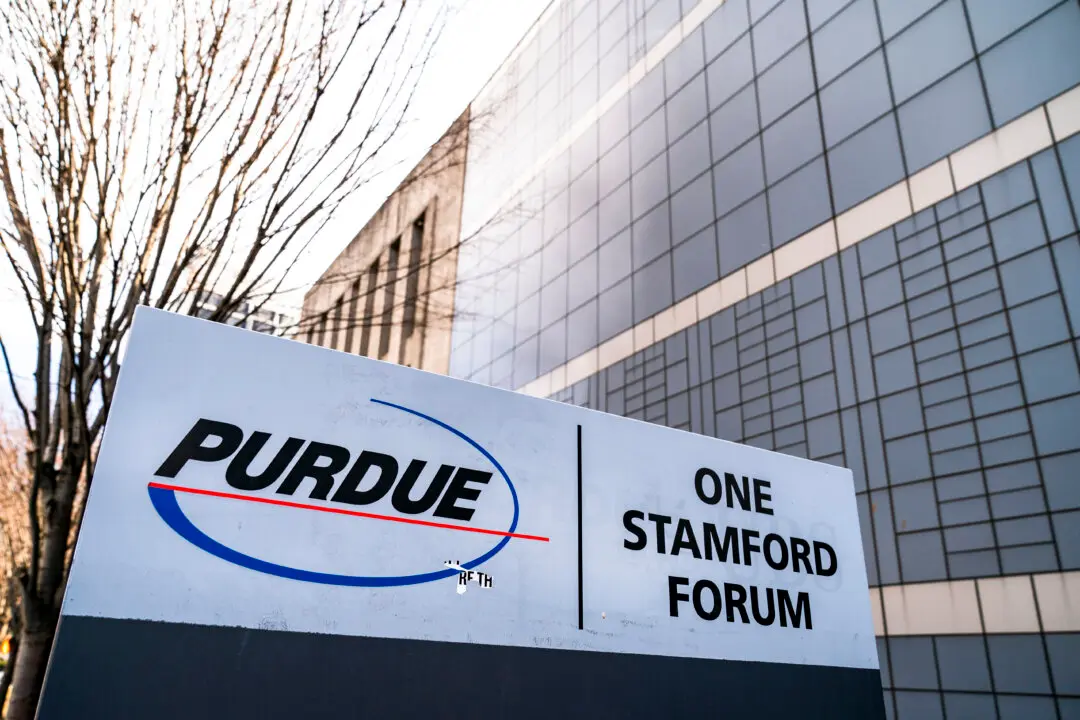Predictability and affordability are what many consumers come to expect from their fast food, but that may change at Wendy’s in 2025 with its CEO planning dynamic pricing facilitated by new AI technology.
Kirk Tanner, the new CEO and president of The Wendy’s Co., told market analysts in February, according to Nation’s Restaurant News, when discussing future plans for the Dublin, Ohio-based burger company.





